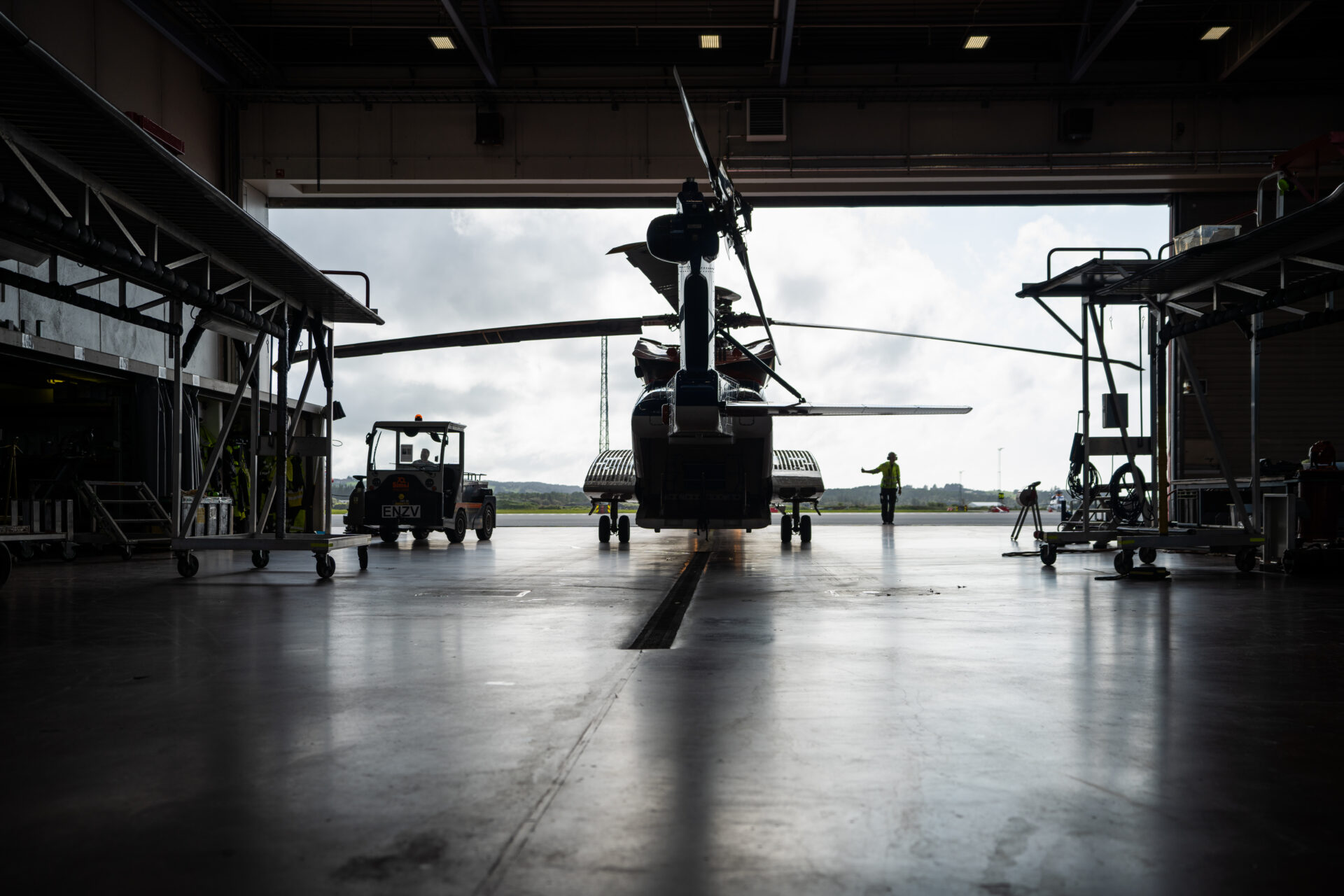
News & Insights
Filter
- Company news
- Insights
- Partner news
- Uncategorized
The latest news and views from the Heli-One team.
For media enquires email Fraser Schurer-Lewis.

The latest news and views from the Heli-One team.
For media enquires email Fraser Schurer-Lewis.